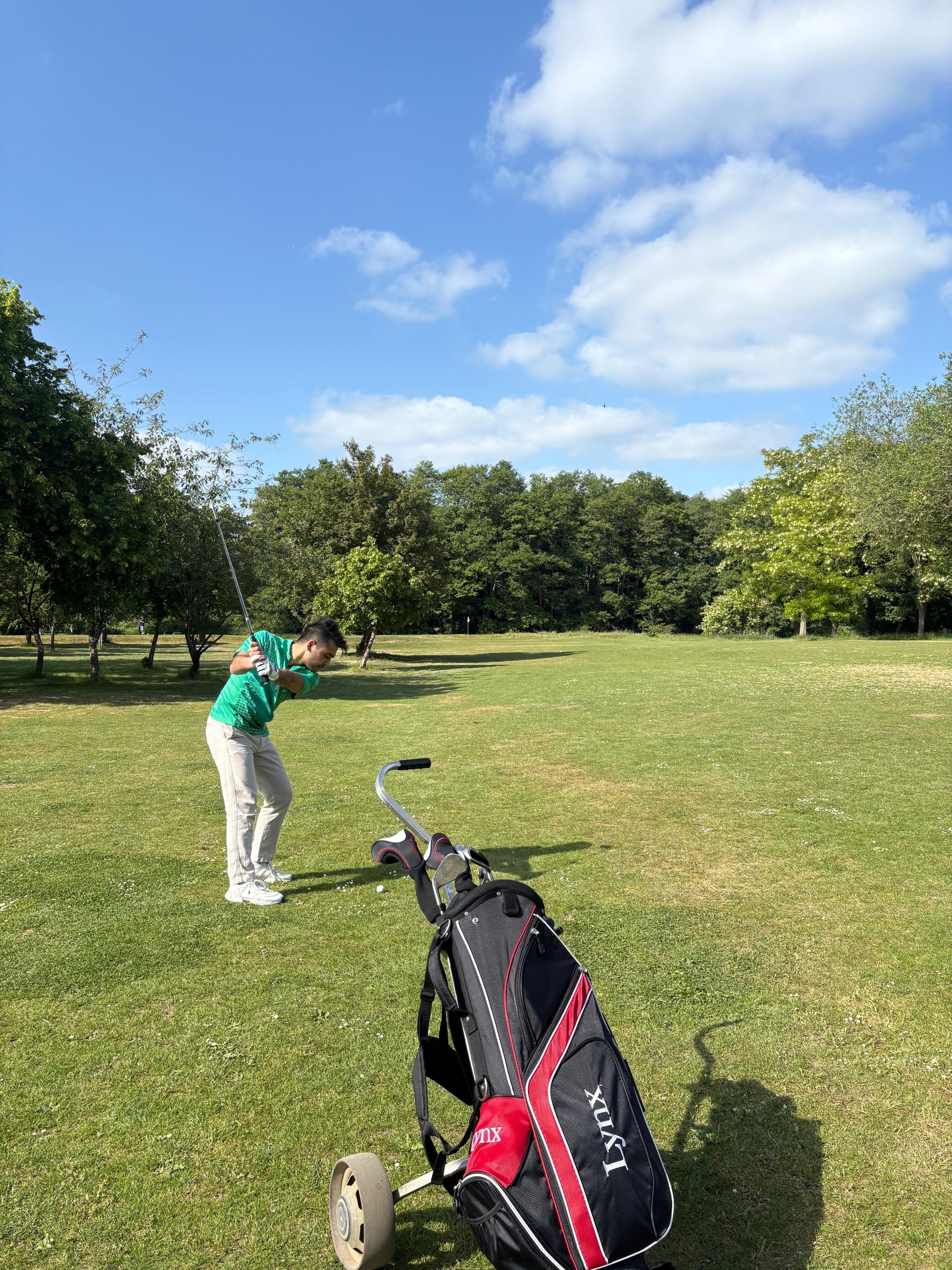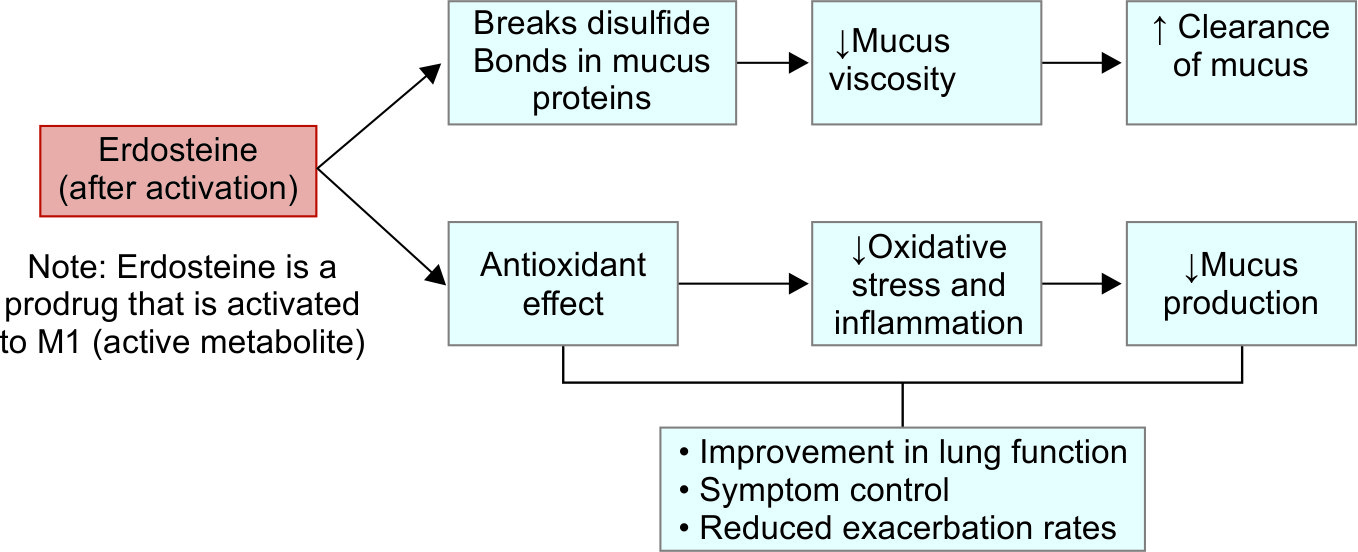End of my medical on-calls
Dear Friend,
I feel like I’ve been waiting forever to write this newsletter. After four long years, today marks my final general medical on-call shift. In fact, it’s my last medical ward cover, weekend shift, and night shift—all in one. What a way to finish.
To be clear, I’m not leaving medicine. I still have to complete the remainder of my IMT2 year, but from now until August, my schedule will be limited to Monday–Friday, 9 a.m.–5 p.m. ward shifts. Then in September, I’ll begin my oncology registrar post—thankfully without any general medical on-calls. No more medical take or ward cover! I may still have some weekend shifts, but I’ve heard they’re closer to 1 in 6, rather than the 1 in 2.5 I’ve been averaging this year. Even better, I’ve been told the night shifts are non-resident, which means I can actually be at home.
Looking back, it’s almost surreal—and a bit daunting—to realise just how much time these medical on-calls have consumed. By “written off,” I mean entire days where work takes over completely—no time to see friends, go to the gym, or even have dinner with family.
This year alone, I’ve done 28 night shifts. I’ve also worked 14 weekends, each consisting of 12-hour days—another 28 days gone. On top of that, I’ve had four blocks of various on-call shifts (ranging from 9 a.m.–9 p.m., noon–9:30 p.m., and 3 p.m.–midnight), which I’ll round up to another 28 days. Altogether, that’s roughly three whole months spent off the grid, completely immersed in the job.
So as this chapter closes, I wanted to share a little glimpse of what I’m looking forward to this summer. This isn’t meant to be a humblebrag—it’s simply a reminder that for those of you still pushing through the tough shifts: there is light at the end of the tunnel. You just have to keep going until you reach it.

1. Travel
Having not taken a proper holiday in the last six months, I’m making the most of a rare opportunity: a full month off between finishing IMT2 and starting ST3. The plan? China in June (Guangzhou and Beijing), followed by Seville, Spain and Paphos, Cyprus in July.
Then comes the big one—August: a road trip down the West Coast of the USA, from San Francisco to LA, ending in Las Vegas. Two years of living at home and saving on rent, all culminating in a summer of adventure. Worth it? Absolutely.
2. New Hobbies
As you may have seen from the photo above, I’ve started dabbling in golf. Sure, it’s a great networking tool—especially as I move into central London—but more than that, I’ve found being out in nature, enjoying the fresh air and light exercise, really helps with mental health. That is, when I’m not in the trees looking for my ball.
3. Getting Back to the Gym
One of the hardest parts of on-call months and irregular shifts is the total lack of routine. Junk food becomes the norm, and exhaustion makes regular exercise nearly impossible. Now that I have a more stable schedule, I really have no excuse. Time to hit the gym and work on that elusive summer body
4. Flat Hunting
I’m excited to be moving to London for my oncology post. But first—flat hunting. The rent’s going to be steep, no doubt, but it’s all part of the process. If anyone has recommendations on where to live with a good commute to Euston Square, I’d love to hear them!
In Summary
Though I still have a couple of months of IMT left, finishing on-calls truly feels like the end of an era—one that couldn’t come soon enough. Medicine can be relentless, even soul-crushing at times, but if someone had told me that all my general medical on-calls would be over by 27, I would’ve taken that deal in a heartbeat.
Wishing you a lovely week ahead
Drug of the week
Erdosteine
This is a molecule with mucolytic activity. It undergoes first-pass metabolism into its pharmacologically active metabolite Met-I (N-thiodiglycolyl-homocysteine).
It has important muco-regulatory activity (it increases mucus production and makes it more fluid and much less thick), and positively influences the mucociliary clearance.
It also has anti-oxidant and anti-inflammatory activity, and is able to interfere with bacterial adhesion.
Evidence obtained in patients with stable chronic bronchitis/COPD with mucus hypersecretion show that erdosteine can bring therapeutic advantages during long-term administration.

A Brain Teaser
A 38-year-old female presents to her general practitioner with a 2-week history of urinary frequency and incontinence. She is normally well but suffered from painful eye movements and visual disturbance 6 months ago which have since largely resolved. A urine dipstick is performed, which returns no abnormal findings.
Which of the following imaging modalities would best identify this patient’s likely diagnosis?
A: CT with contrast
B: CT without contrast
C: MRI with contrast
D: MRI without contrast
E: PET scan
Answers
The answer is C – MRI with contrast.
The correct answer is MRI with contrast. This patient has a likely diagnosis of multiple sclerosis (MS) as she is presenting with evidence of optic neuritis (painful eye movements and visual disturbance) and urinary incontinence, with an intervening period of remission. This clinical history, along with her age and gender make a diagnosis of MS likely. MS is an autoimmune demyelinating disorder that affects the central nervous system (CNS). As lesions can affect any part of the CNS, symptoms can be varied, but optic neuritis is often associated with the condition. The best imaging modality to view demyelinating lesions in MS is MRI with contrast. This will often show high signal T2 lesions and periventricular plaques.
CT without contrast is incorrect; while this may identify demyelinating lesions, it does not provide the necessary detail with which to make a definitive diagnosis.
CT with contrast is incorrect as this does not provide sufficient detail to view demyelinating lesions.
MRI without contrast is incorrect as this does not provide sufficient detail to view demyelinating lesions; it may however be used in disease monitoring.
Positron emission tomography is incorrect; this is used to demonstrate how metabolically active cells are and would provide little to aid a diagnosis, while also giving a high radiation dose to the patient.




